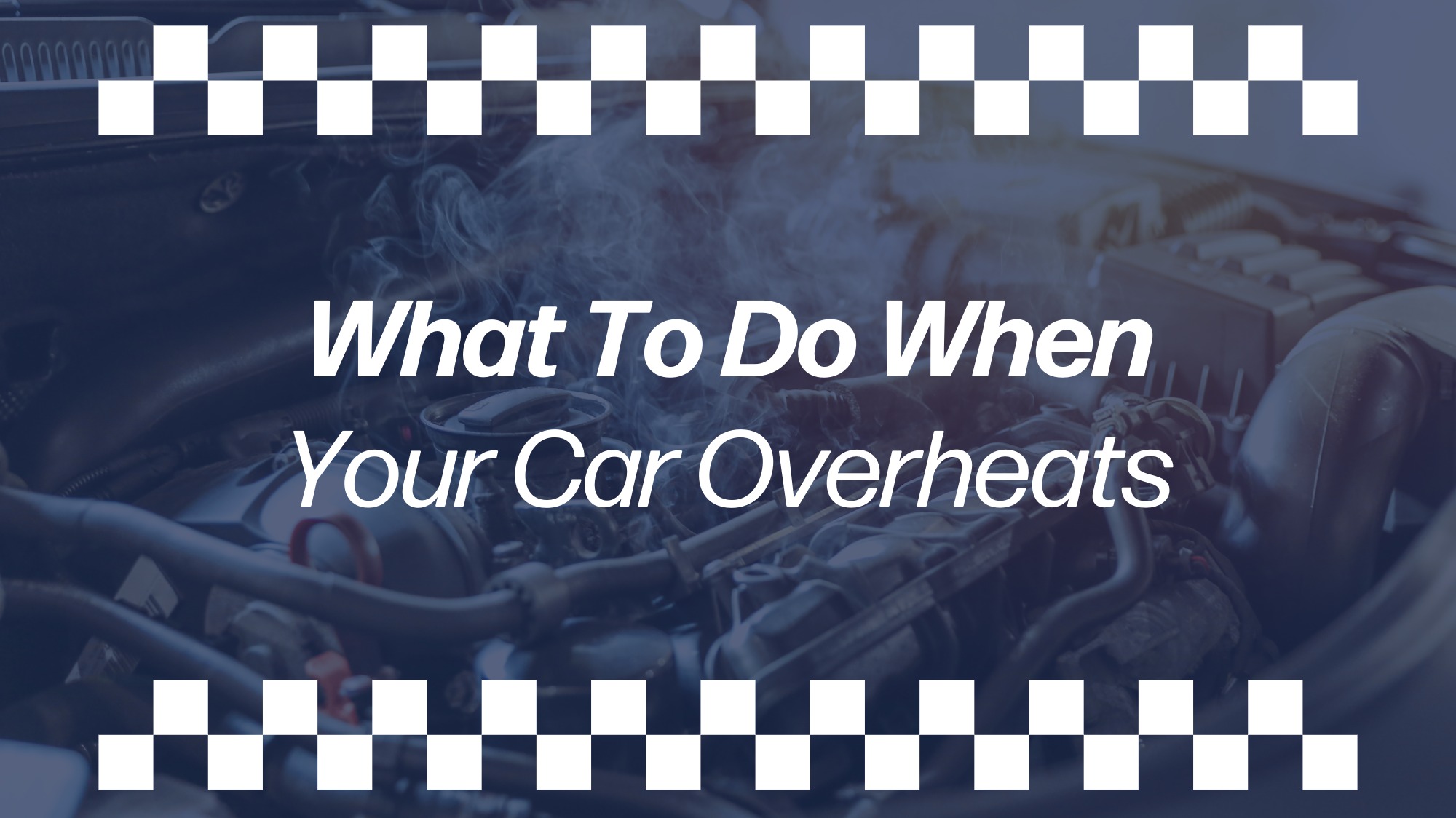Nothing interrupts a Southern California drive faster than the sudden spike of your engine’s temperature gauge. Whether navigating busy Inland Empire highways or cruising coastal routes, an overheating engine requires immediate attention to avoid expensive repairs and ensure your safety. At Foglesong Towing, we’ve helped countless drivers manage overheating emergencies and get safely back on the road. Here’s our expert guide on precisely what to do (and avoid) when your car overheats.
Recognize the Early Warning Signs
Understanding the early indicators of an overheating engine can prevent significant damage.
Keep an eye out for these key signs:
- Temperature Gauge Rising: Watch for the gauge nearing the red zone or a dashboard warning light turning on.
- Steam or Smoke: Visible steam from under your hood indicates severe overheating.
- Unusual Odors: A sweet smell typically means coolant is leaking, while a burnt scent may suggest overheating oil or components.
- Loss of Power: Sluggish acceleration or stalling can signify that your engine is struggling to manage heat.
Quickly identifying these symptoms allows you to respond promptly and effectively.
Immediate Actions to Take When Your Engine Overheats
When faced with an overheating engine, follow these important steps to handle the situation safely and minimize potential damage:
1. Safely Pull Over
As soon as you notice overheating signs, find a safe place to pull over immediately. Use your hazard lights to alert other drivers and move as far from traffic as possible.
2. Turn Off Air Conditioning and Turn On Heater
It may seem counterintuitive, but turning off the A/C and cranking the heater on high directs heat away from the engine, reducing internal temperature temporarily. This buys you valuable time to reach a safe stopping point.
If you’re traveling faster than 75 mph, especially in an older vehicle, avoid running your A/C altogether—doing so can put excessive strain on the system and, in some cases, blow out the compressor.
3. Shut Off the Engine and Allow It to Cool
Turn your engine off to halt further heat generation. Resist the urge to open your hood immediately, as steam or hot coolant can cause serious burns. Wait at least 20-30 minutes for everything to cool down sufficiently.
4. Check Coolant Levels (After Cooling)
Once your vehicle has adequately cooled, carefully check your coolant reservoir. Top it off with the correct coolant mixture if levels are low. If unsure, it’s best to call a professional emergency towing service like Foglesong Towing rather than risking damage from incorrect procedures.
5. Restart the Engine (If Safe)
If no visible leaks are present and coolant levels are replenished, cautiously restart your car and closely monitor the temperature gauge. If the gauge climbs again, shut off immediately and seek professional assistance.
Critical Mistakes to Avoid When Your Engine Overheats
Knowing what not to do is just as crucial. Avoid these common but dangerous mistakes:
- Do NOT continue driving: Driving with an overheating engine risks irreversible damage.
- Do NOT open a hot radiator cap: The pressurized coolant can erupt violently, causing severe burns.
- Do NOT pour cold water onto a hot engine: Sudden temperature changes can crack or warp engine components.
- Do NOT ignore the problem: Temporary solutions are not permanent fixes; always have a professional evaluate your vehicle afterward.
Common Causes of Overheating and Preventive Measures
Overheating often stems from issues such as low coolant levels, leaks, malfunctioning thermostats, faulty water pumps, or clogged radiators. Regular maintenance can significantly reduce the risk of overheating:
- Routine Coolant Checks: Regularly inspect and maintain proper coolant levels.
- Cooling System Maintenance: Schedule professional inspections and flushes every 30,000-50,000 miles.
- Inspect Belts and Hoses: Regularly check these critical components for wear, cracks, or leaks.
Taking these preventive steps greatly lowers your risk of an overheating event.
When to Seek Professional Help
If overheating recurs, visible leaks are present, or your vehicle exhibits unusual performance issues post-incident, it’s time to involve professionals. At Foglesong Towing, our skilled technicians provide reliable towing services across Southern California, safely transporting your vehicle for expert diagnosis and repair.
Foglesong Towing: Your Trusted Partner in Roadside Emergencies
Dealing with an overheating engine can feel overwhelming, but you’re not alone. Foglesong Towing offers:
- Fast, 24/7 emergency response across Southern California and the Inland Empire
- Highly trained and certified operators ready to assist you swiftly
- A comprehensive fleet that includes flatbeds for secure transport
For safe, swift, and stress-free towing service, trust Foglesong Towing. Contact us immediately for any roadside emergency—we’re here to help you stay safe on every journey.

